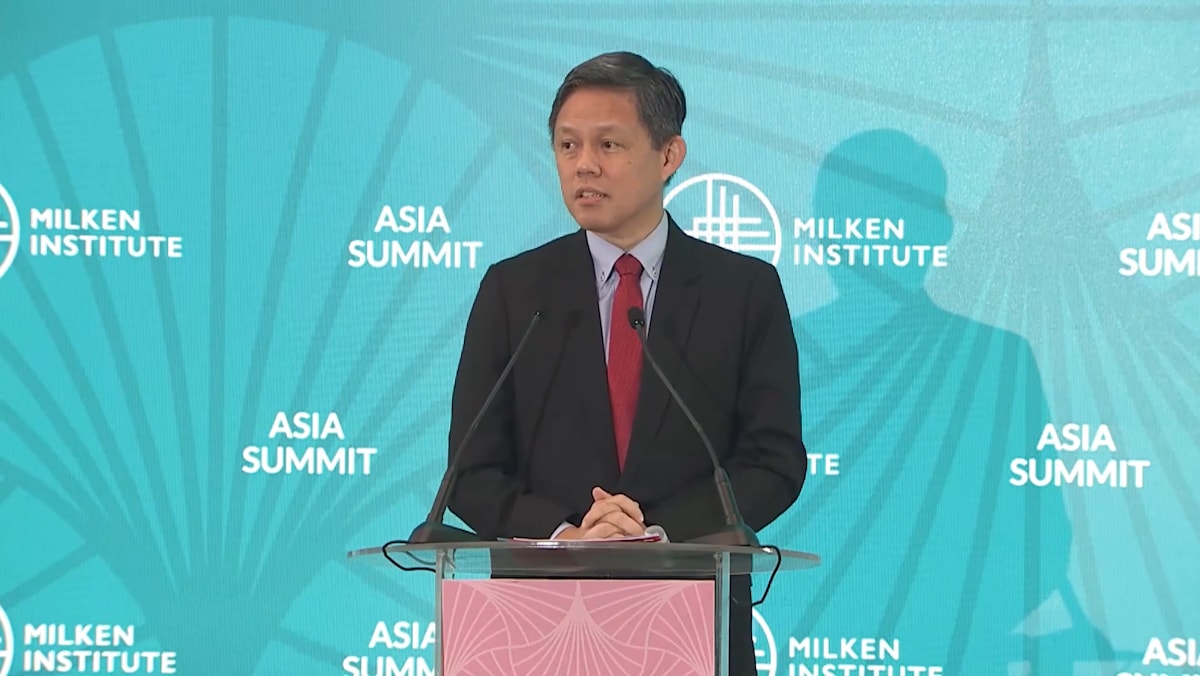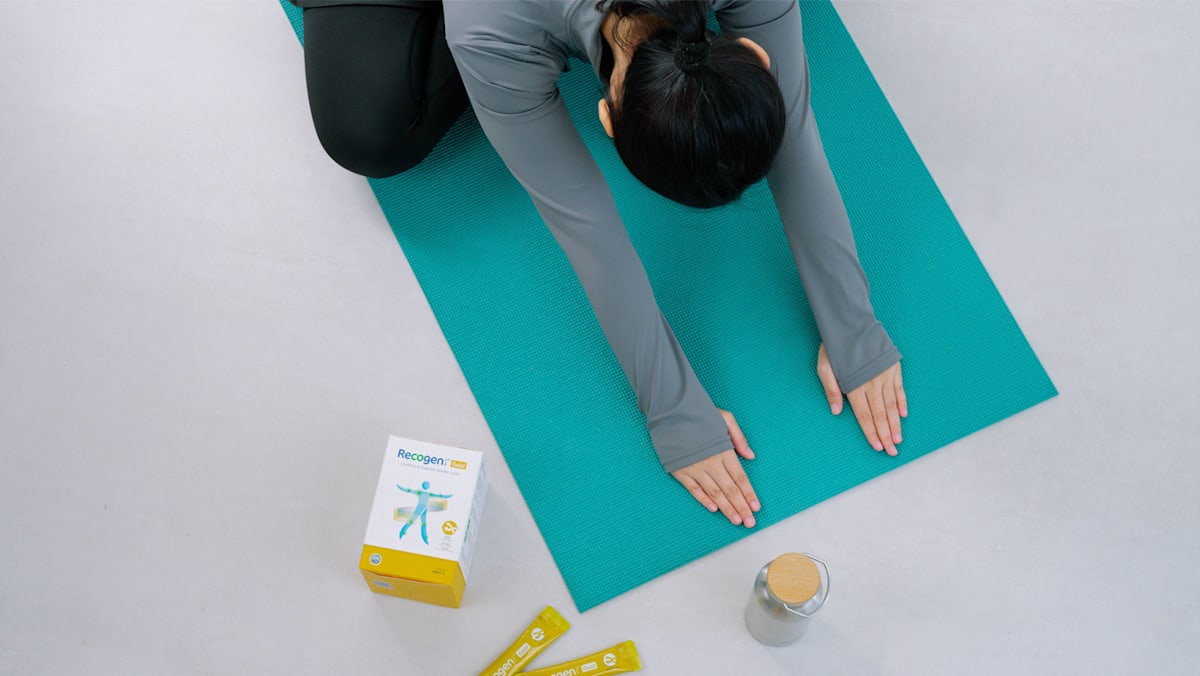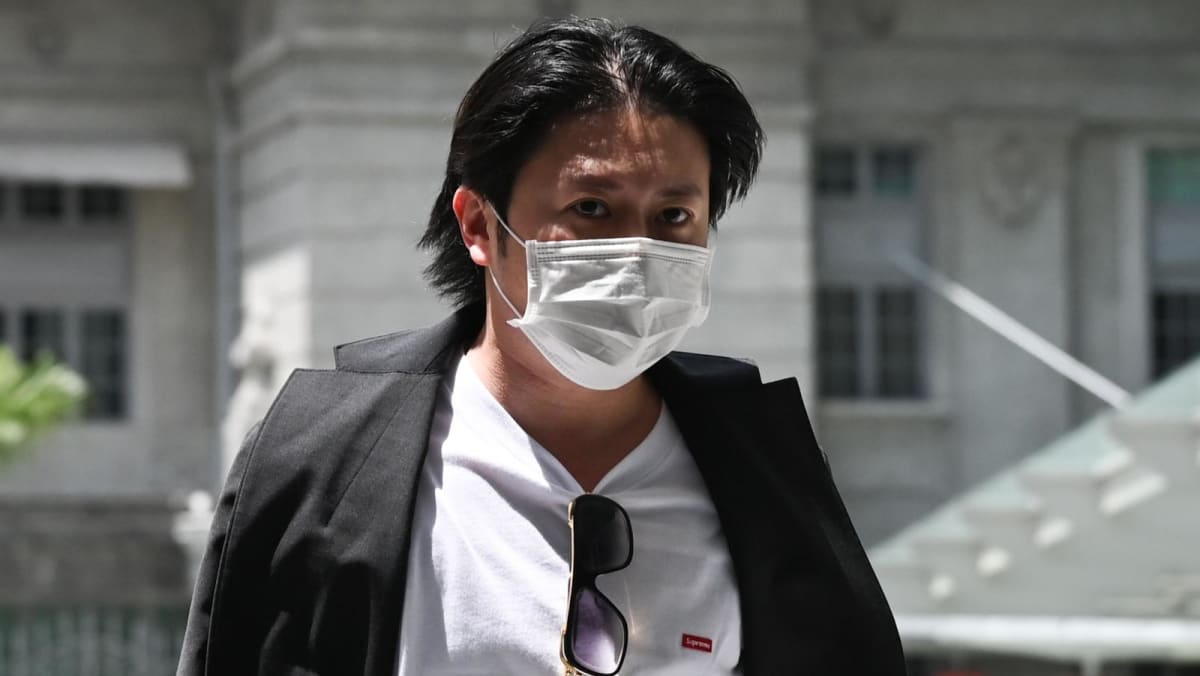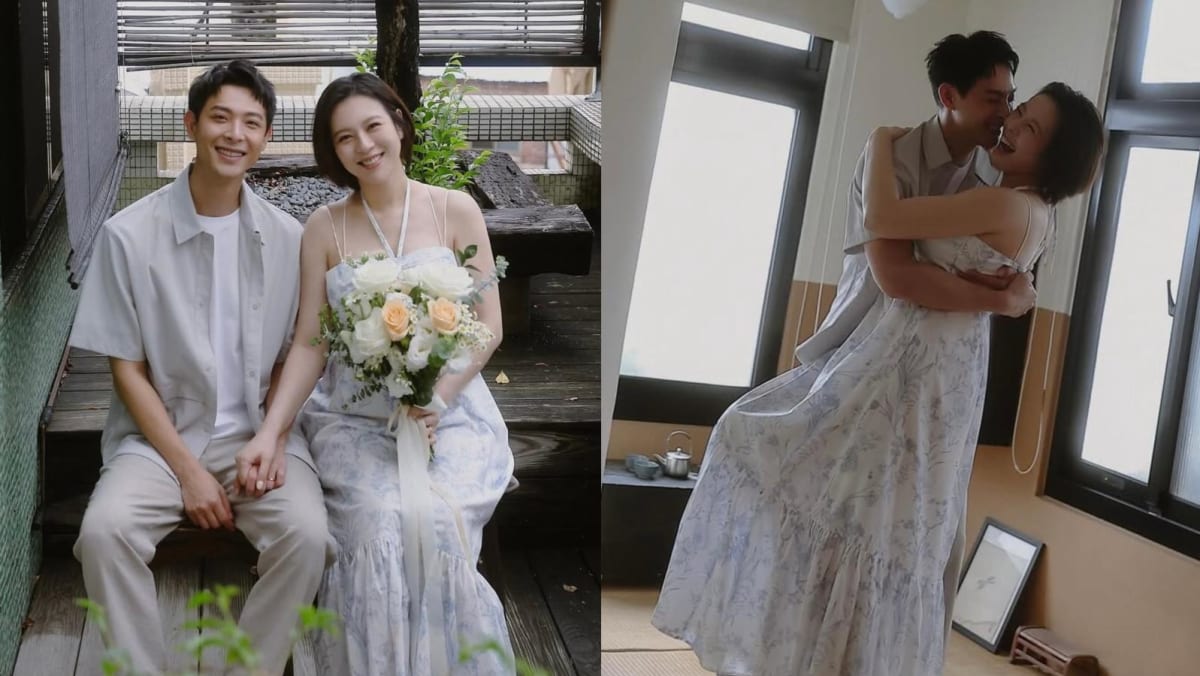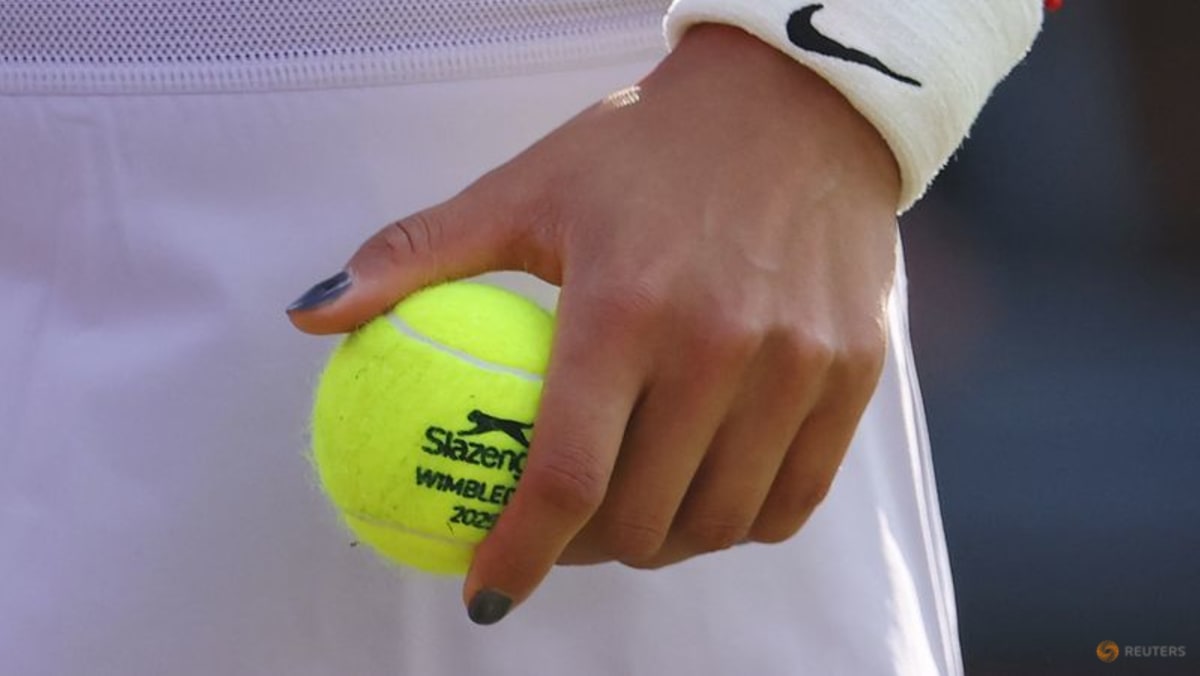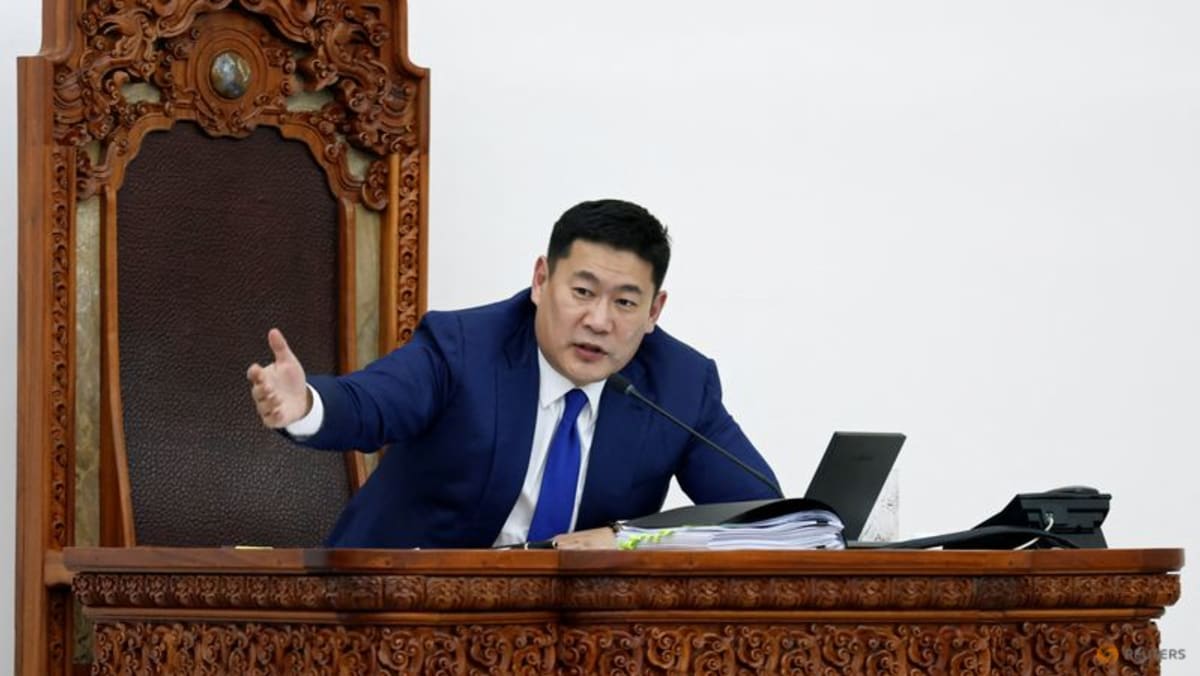After photographs emerged of United States President Donald Trump with swollen ankles, the White House on Thursday (Jul 17) said he has been diagnosed with chronic venous insufficiency.
White House spokeswoman Karoline Leavitt revealed Trump had been experiencing swelling in his lower legs and bruising on his right hand – though emphasising that both ailments were benign. She added that the latter was a result of "tissue irritation from frequent handshaking".
Trump’s physician, Sean Barbabella, said an ultrasound on the president’s legs “revealed chronic venous insufficiency, a benign and common condition, particularly in individuals over the age of 70”.
What is chronic venous insufficiency?
Chronic venous insufficiency (CVI) occurs when veins in the leg cannot properly carry blood back up to the heart.
Overcoming gravity to pump blood from the feet all the way up to the heart is a challenge, especially when someone is standing or sitting for long periods. Leg veins are hence lined with one-way valves that keep blood from sliding backward on that journey.
When the valves do not work properly, blood flows backward and can pool in the lower legs, leading to symptoms such as swelling around the feet and ankles.
Damage to the valves can stem from changes in the veins, such as when they weaken and enlarge, making it hard for the valve to close fully. Anything that damages those valves can lead to CVI.
People are more likely to develop CVI if they are overweight, pregnant, have a family history or suffered leg damage from surgery, previous blood clots or other injuries.
What are the symptoms of CVI?
Besides swelling in the lower legs, symptoms can also include legs that are achy, heavy feeling or tingly and varicose veins. Severe cases could trigger leg sores known as ulcers.
Tiny blood vessels under the skin called capillaries can also rupture because of the increased blood and pressure in the legs.
Symptoms may also include cracked skin, open sores on the skin’s surface and brown-coloured skin near the ankles.
How serious a condition is CVI?
CVI is not a serious health threat, but it can be painful and disabling, according to Johns Hopkins Medicine.
Todd Berland, a physician who is director of outpatient vascular interventions at NYU Langone Health, said chronic venous insufficiency “has no overall effect on life expectancy. It's a quality-of-life issue, not a quantity of life issue”.
But Kwame Amankwah, a physician who is chief of vascular surgery at the University of Connecticut in Hartford, warned that the condition still cannot be left untreated.
“If it’s not managed with compression stockings and elevation, severe swelling and ulcers can develop, warranting more significant medical interventions,” he said.
 Make-up partially covers the back of the right hand of US President Donald Trump as he shakes hands with Bahrain's Crown Prince and Prime Minister Salman bin Hamad Al Khalifa at the White House in Washington, DC, US on Jul 16, 2025. (Photo: Reuters/Nathan Howard)
Make-up partially covers the back of the right hand of US President Donald Trump as he shakes hands with Bahrain's Crown Prince and Prime Minister Salman bin Hamad Al Khalifa at the White House in Washington, DC, US on Jul 16, 2025. (Photo: Reuters/Nathan Howard)
What’s the progression of CVI?
CVI usually starts off mild but may cause more serious complications and discomfort over time. There are six stages.
Stage zero is characterised by no symptoms. Stage six brings active sores on the legs.
People are usually diagnosed at stage three, when swelling is noticeable.
A study published in the European Heart Journal in 2021 found CVI was associated with the presence of heart disease, and patients with it were at increased risk of dying during six years of follow up, regardless of their age or other health conditions.
How is CVI treated?
Doctors must first rule out serious causes of leg swelling, such as heart problems, kidney disease or blood clots.
There is no cure for CVI, so treatment is aimed at alleviating pain and pressure. Treatment options depend on patient choice, severity of the condition and fitness levels.
Lifestyle changes are the first step, including increasing exercise and elevating the legs above the heart several times a day.
Dr Anahita Dua, a vascular surgeon at Mass General Brigham, said people with the condition can reduce the swelling by wearing medical-grade compression socks or stockings, to help the blood circulate back to the heart.
Medications may be prescribed to increase blood flow through the vessels or help ulcers heal.
Laser ablation, a minimally invasive procedure, may be done to seal the vein and improve overall blood flow.
In more serious cases, sclerotherapy, in which a chemical is injected into the affected veins, may be used. The chemical causes scarring in the veins so that they no longer carry blood. Blood then returns to the heart through other veins.
Surgery may be done in severe cases to tie off or remove the affected vein.






